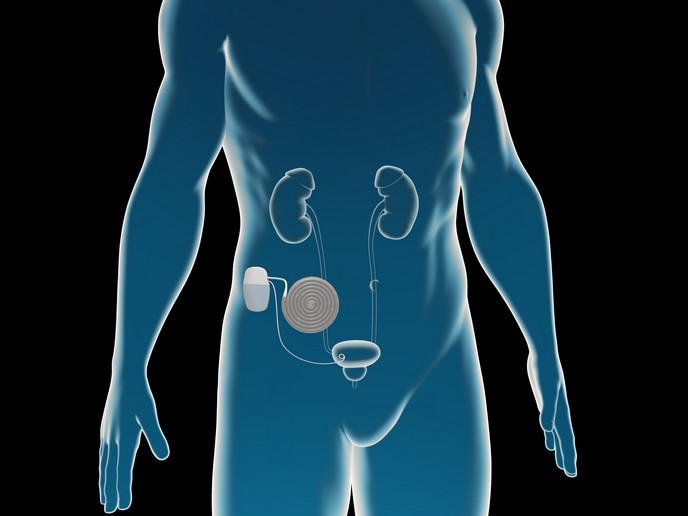New hope for pulmonary arterial hypertension patients
Pulmonary arterial hypertension (PAH) is a rare yet life-threatening disease that occurs when the small arteries carrying blood from the heart to the lungs get obstructed. This narrowing of the arteries means the heart must work harder to pump blood through, frequently resulting in heart failure and death. Unfortunately, there is no cure for PAH and available drugs carry serious side-effects, are poorly tolerated, and only extend one’s life expectancy by a year – at best. But now there’s a new hope for PAH patients and it’s called NTP42. Developed by Irish pharmaceutical company ATXA Therapeutics(opens in new window), NTP42 is a new therapeutic drug that targets a unique pathway that is a root cause of PAH. “We are confident that this new drug represents a truly disruptive, disease-modifying therapy for treating all of PAH’s clinical features without any serious side-effects,” says Therese Kinsella(opens in new window), professor of Biochemistry at University College Dublin(opens in new window) and ATXA founder. With the support of the EU-funded PAH-HOPE(opens in new window) project, this potentially game-changing drug is one step closer to saving lives.
A transformational experience
Through PAH-HOPE, Kinsella and her team have advanced NTP42’s clinical readiness. This includes scaling up manufacturing capabilities, advancing its intellectual property portfolio (with 13 patents granted globally to date), enhancing the technology readiness level, and creating a commercialisation strategy. One of the project’s key achievements was securing clinical trial approval from the United Kingdom’s Medicines and Healthcare products Regulatory Agency(opens in new window), clearing the way for first-in-human phase I clinical trials. “This project has been transformational for ATXA, morphing our ambitious team from a preclinical development entity into a fully fledged pharmaceutical company in clinical development,” explains Kinsella. During the project, ATXA researchers discovered that, in addition to treating PAH, NTP42 demonstrated a potential to treat other diseases too, including interstitial lung diseases and long COVID-19-related illness. “PAH’s causes and symptoms occur in several other highly prevalent heart and lung diseases, many of which are also life-threatening and carry a significant socio-economic burden,” adds Kinsella. “There’s a real potential that NTP42’s market reach and benefits could extend well beyond that of PAH.”
From hope to reality
Thanks to the support of EU funding, ATXA is well on track to deliver its first-in-class, disruptive PAH treatment to the market. The company began phase I trials in May 2021 and is currently accelerating its technology development towards a phase II trial in PAH patients. To ensure it can meet forecast demand when NTP42 launches, ATXA has plans to expand its team and ramp up its production capabilities. “ATXA’s ambition is to not only become a leader in providing innovative treatments for PAH and related conditions but, more importantly, improve the prognosis of PAH patients,” concludes Kinsella. “Through the PAH-HOPE project, this is no longer just a hope, but is fast becoming a reality.”







